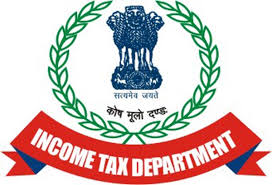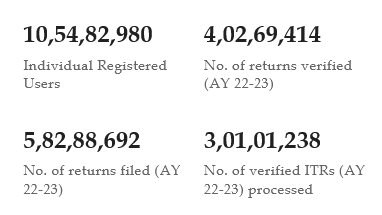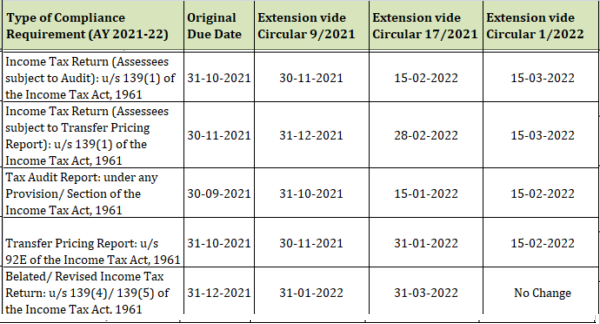Filing an Updated Income Tax Return (ITR-U) under section 139(8A)
ITR-U refers to the Updated Return form used for filing an amended or revised income tax return in India. It is a provision provided by the Income Tax Department to enable taxpayers to correct any errors, rectify omissions, or make changes to their original tax return filing. The “U” in ITR-U stands for “Updated.”
ITR-U is primarily used when individuals or entities realize that they have made mistakes in reporting their income, claiming deductions, providing incorrect details, or omitting important information in their initial tax return. By filing an updated return using ITR-U, taxpayers can rectify these errors and ensure that their tax records reflect their financial situation accurately.
The filing of ITR-U falls under Section 139(8A) of the Income Tax Act, which allows taxpayers to revise their returns within a specific time-frame. It is important to note that ITR-U is different from the regular income tax return forms (such as ITR-1, ITR-2, etc.) used for filing the original tax return.
Filing ITR-U involves providing accurate details of the original return, specifying the changes or amendments being made, and submitting the revised return electronically through the Income Tax Department’s official website or other authorized platforms. It is crucial to ensure that the updated return is filed within the prescribed deadline to avoid penalties and legal consequences.
Who can file ITR-U?
- Return previously not filed
In the case of a return previously not filed, taxpayers can file an Updated Return to report their income and fulfill their tax obligations.
- Income not reported correctly
In situations where income was not reported correctly, taxpayers can file an Updated Return to rectify the error and provide accurate income details.
- Wrong heads of income chosen
When wrong heads of income are chosen, taxpayers can use ITR-U to correct the classification and allocate income under the appropriate heads.
- Reduction of carried forward loss
In situations involving the reduction of carried forward loss, taxpayers can file an Updated Return to adjust and reduce the carried forward loss accordingly.
- Reduction of unabsorbed depreciation
When there is a need for the reduction of unabsorbed depreciation, taxpayers can file an Updated Return to adjust and reduce the unabsorbed depreciation.
- Reduction of tax credit under Sections 115JB/115JC
In situations involving the reduction of tax credit under Sections 115JB/115JC, taxpayers can file an Updated Return to reduce the tax credit accordingly.
- Wrong rate of tax
When an incorrect rate of tax has been applied, taxpayers can use ITR-U to correct the rate and ensure accurate calculation of their tax liability.
Following conditions are to be satisfied to file return u/s 139(8A):
– It should not result in a return of loss.
– It should not reduce Income Tax Liability as compared to last filed valid return.
– It should not result in increase of Refund.
– Search should not have been initiated under section 132.
– Requisition should not have been made under section 132A.
– Survey should not have been conducted section 133A or.
– Any proceeding of assessment, reassessment, re-computation or revision should not be pending or completed for that relevant year.
Who Cannot File Form ITR-U?
Return of loss
If the updated return results in a return of loss, it cannot be filed using Form ITR-U. The form is designed for rectifying errors or making changes to the original return, not for reporting a loss.
Reduction of income tax liability
If filing an updated return reduces the income tax liability that was declared in the earlier filed return, Form ITR-U cannot be used. The purpose of the form is not to revise the tax liability to a lower amount.
Increase in refund
If filing an updated return leads to an increase in the refund amount compared to the return filed earlier, Form ITR-U is not applicable. The form is not intended for increasing the refund amount.
Search or requisition
If a search has been initiated under section 132 or books of accounts or any other documents have been requisitioned under section 132A, filing Form ITR-U is not allowed.
Survey conducted
If a survey has been conducted under section 133A, Form ITR-U cannot be used for filing an updated return.
Pending or completed proceedings
If any assessment, reassessment, re-computation, or revision proceedings are pending or have been completed for the relevant assessment year, Form ITR-U cannot be filed.
Information under various acts
Suppose the Assessing Officer has information against the person under the Prevention of Money Laundering Act, Black Money (Undisclosed Foreign Income and Asset) and Imposition of Tax Act. In that case, Benami Property Transactions Act, or Smugglers and Foreign Exchange Manipulators Act, and the same has been communicated to the assessee, Form ITR-U is ineligible.
Information under DTAA agreements
If information for the relevant assessment year has been received under an agreement referred to in section 90 or section 90A, and the same has been communicated to the taxpayer before the date of furnishing the return, Form ITR-U cannot be used.
Other notified persons
There may be specific categories of individuals or entities who are notified as ineligible to file Form ITR-U as per notifications issued by the tax authorities.
* * * * * * * * * * * * *





